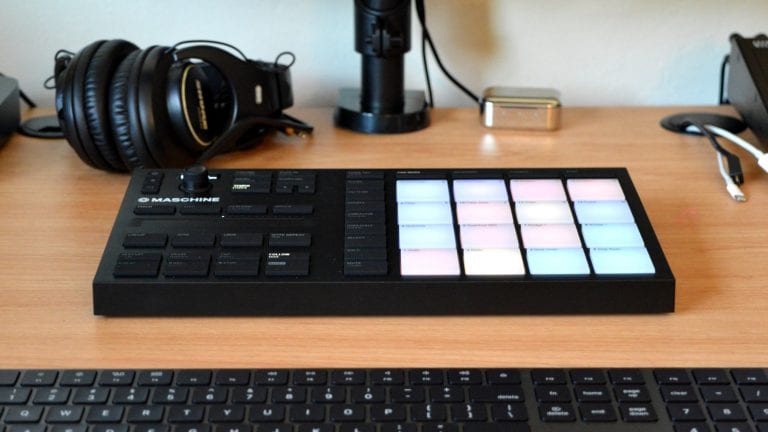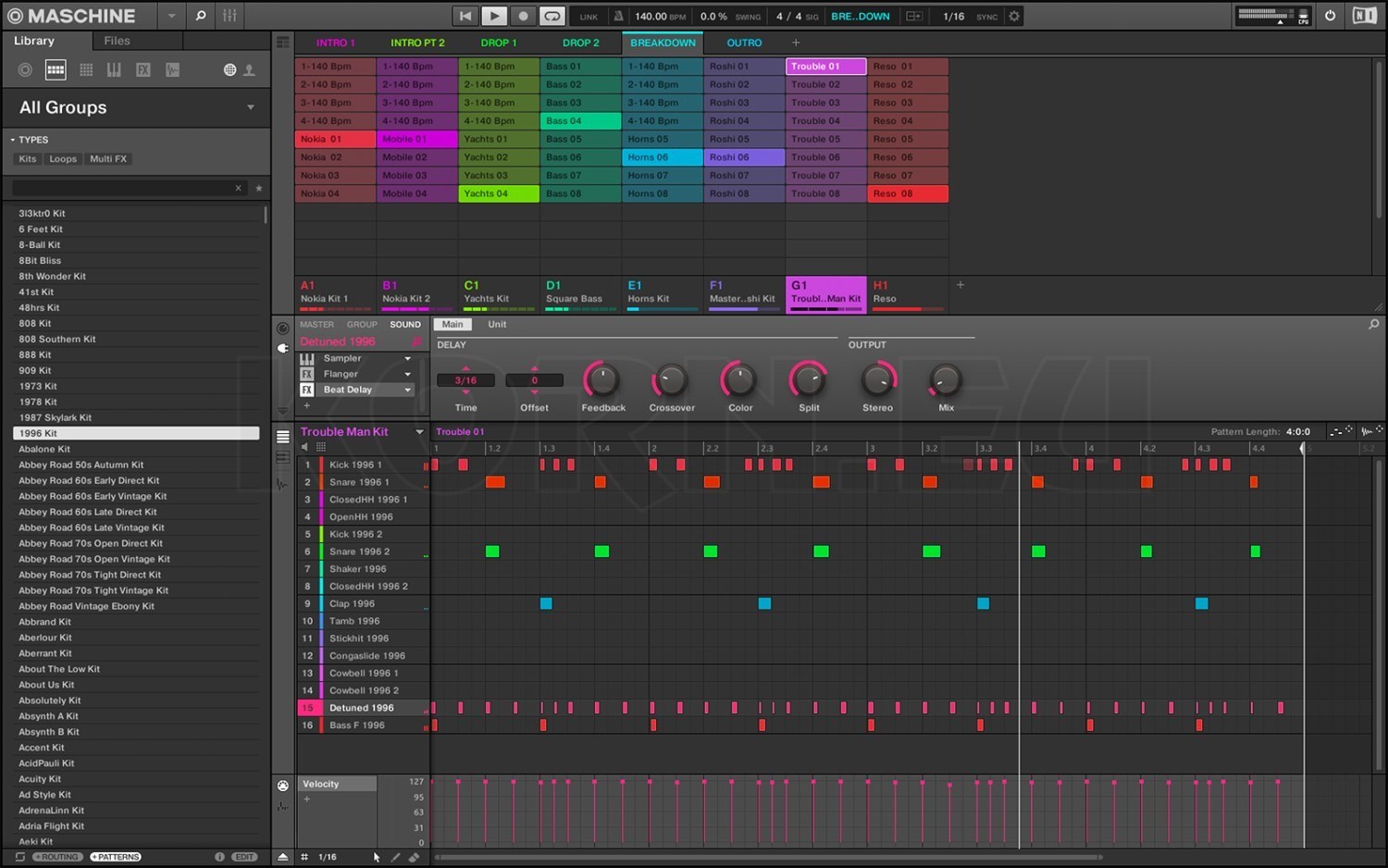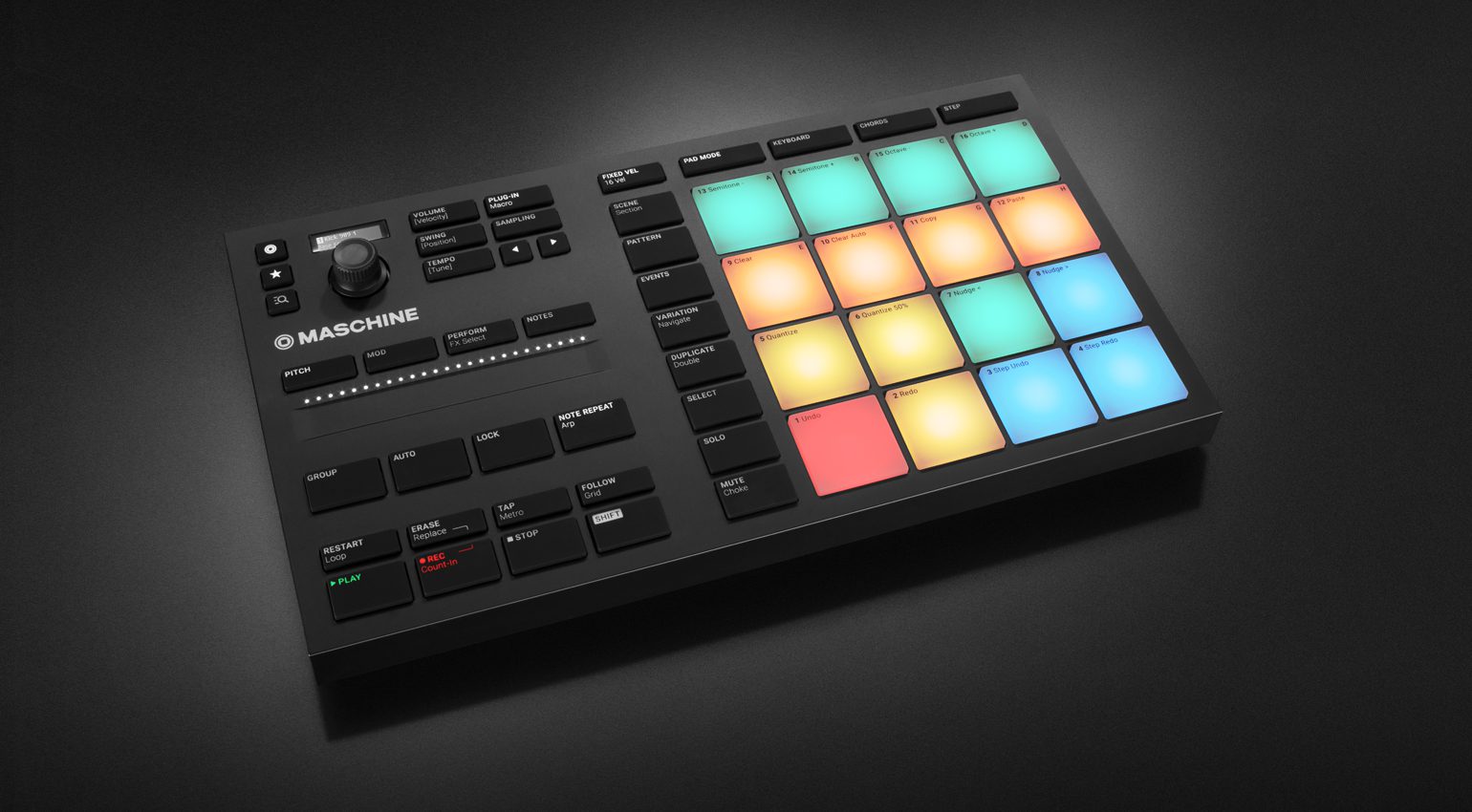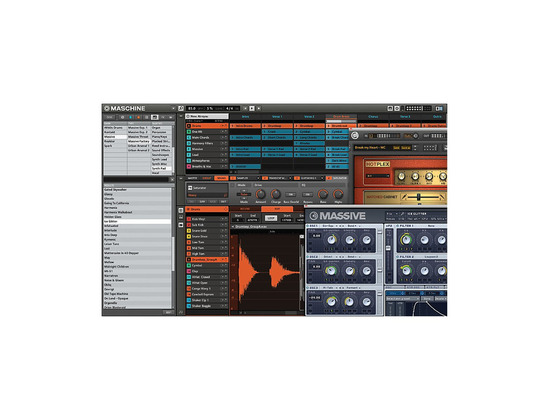

One of my favorite aspects of the full-size MK3 is being able to slice samples and effects from the hardware itself – tasks that are impossible on the Mikro hardware. On the other hand, some users may find themselves squinting to see it properly and it can only be used for a few simple tasks. The Mikro MK3 is much less cluttered and the extra space gained has allowed NI to fit in a touch strip for tweaking effects and performing. In fact, it’s so small that it can only display two lines of text.Īs a design choice, it makes sense.


The Mikro MK3 doesn’t inherit its older sibling’s color screen though. The new Mikro, which is a smaller version of last year’s Maschine MK3, takes a similar approach: it’s only got one knob but keeps the useful buttons for toggling between pad, keyboard and chord modes, as well as variation and duplication.

The first Maschine Mikro, released in 2011, reduced the controller to a more portable size by making a few compromises – the dual screens became a single LCD and all the knobs were jettisoned in favor of just one. The core idea – an MPC-style controller hooked up to a software host – hasn’t changed (except on 2016’s sequencer tool, Maschine Jam), but with each successive generation NI has added new features (a touch strip for effects, audio interface, color screens) to make it a more useful studio and performance tool. The new Maschine Mikro, however, is more notable for what it cuts back on – namely screen size. Native Instruments’ beat-making hardware Maschine has undergone a lot of facelifts over the years. Scott Wilson finds out if the new format makes the portable controller more challenging to use. Native Instruments’ latest Maschine controller is a refreshed version of its cut-down Mikro model with almost no visible screen.


 0 kommentar(er)
0 kommentar(er)
